

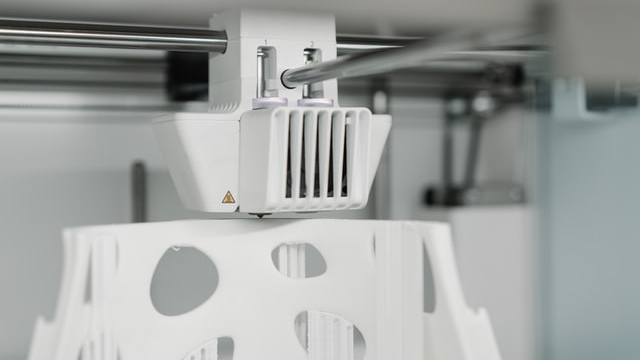
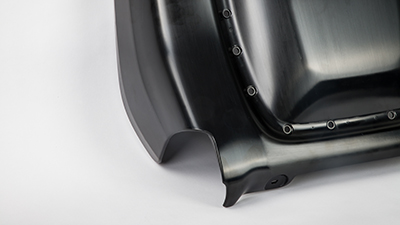
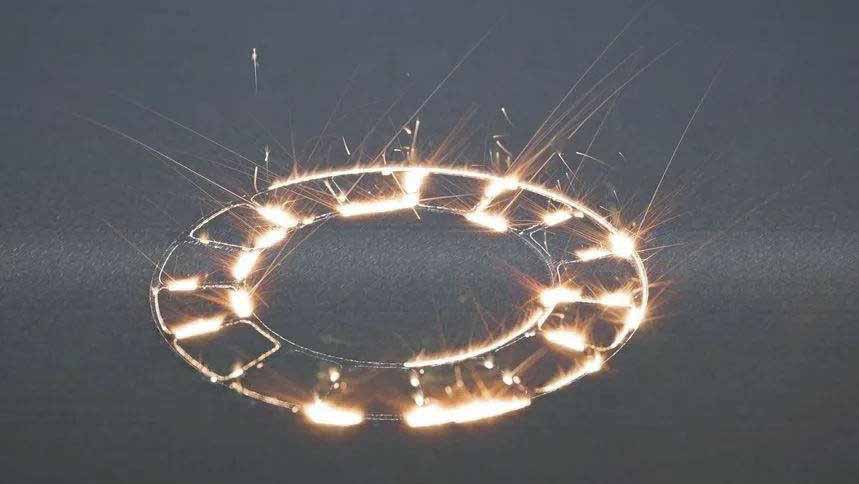
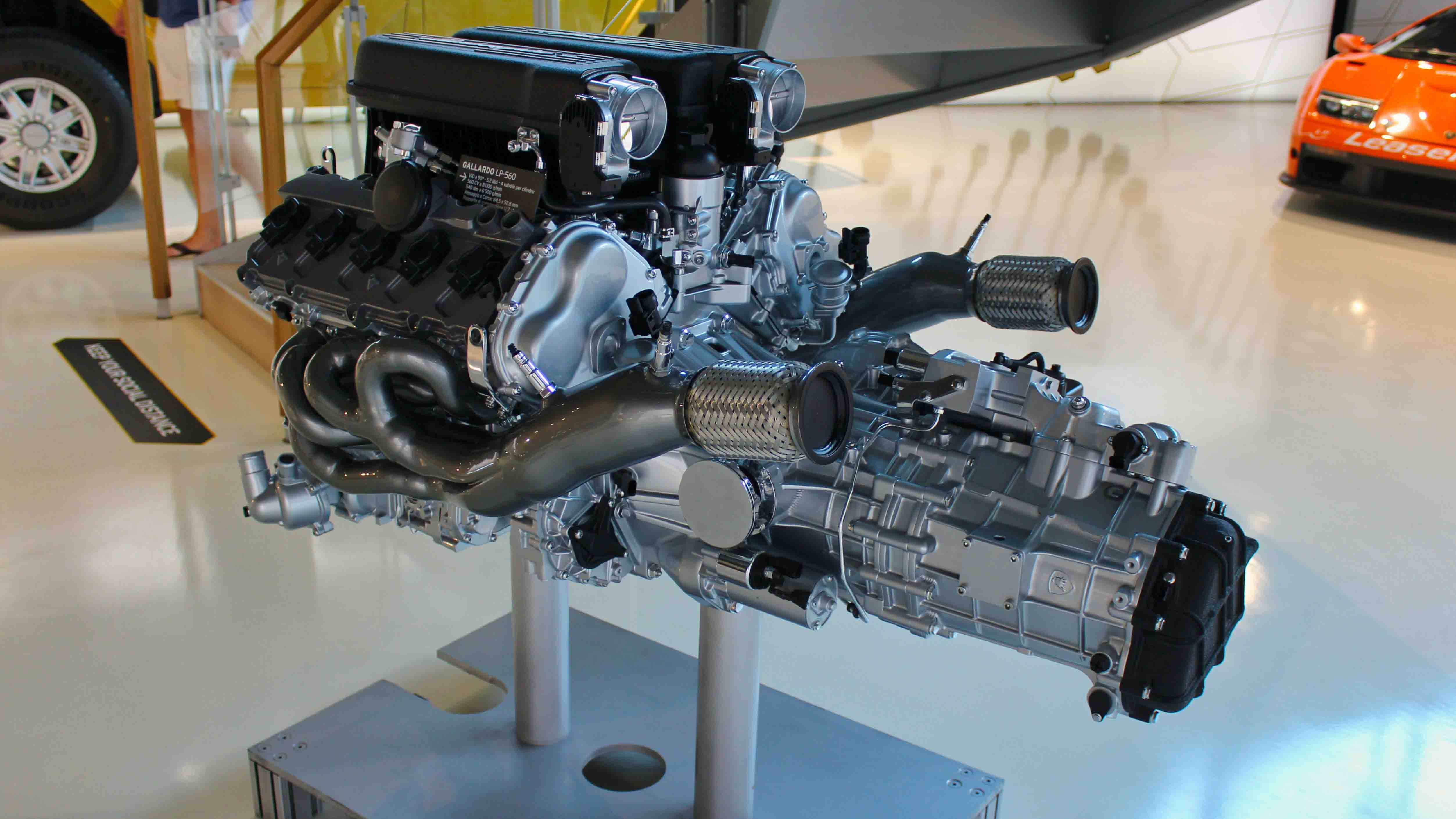


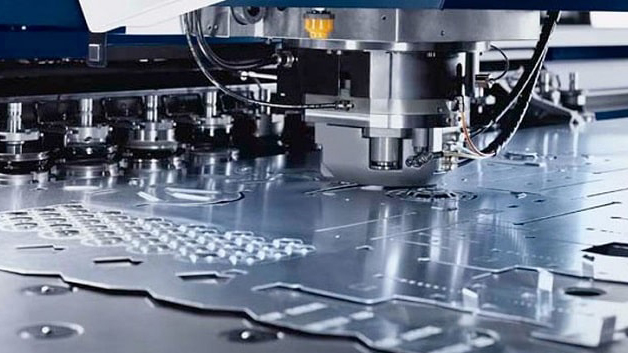
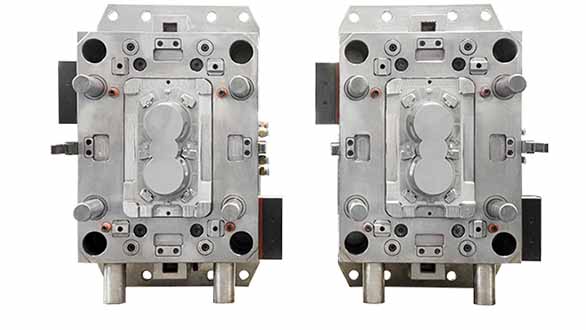

In recent years, with the rapid development of the automotive industry, the most mature automotive lightweight materials include modified plastics and their composites, and lightweight alloys based on alloys. The application of polymer materials can be seen in automotive interior materials, load-bearing parts, new energy power batteries and other parts. 3D printing /rapid prototyping service CNC machining/custom metal stamping
However, the performance of these materials in terms of flame retardance is not ideal. Therefore, when these materials are applied to automotive parts, the primary consideration is safety. Improving the flame retardancy of these materials is an important means to improve the safety of vehicles. This paper will introduce various flame retardant polymer materials and their development direction from the perspective of the future direction of automobiles.
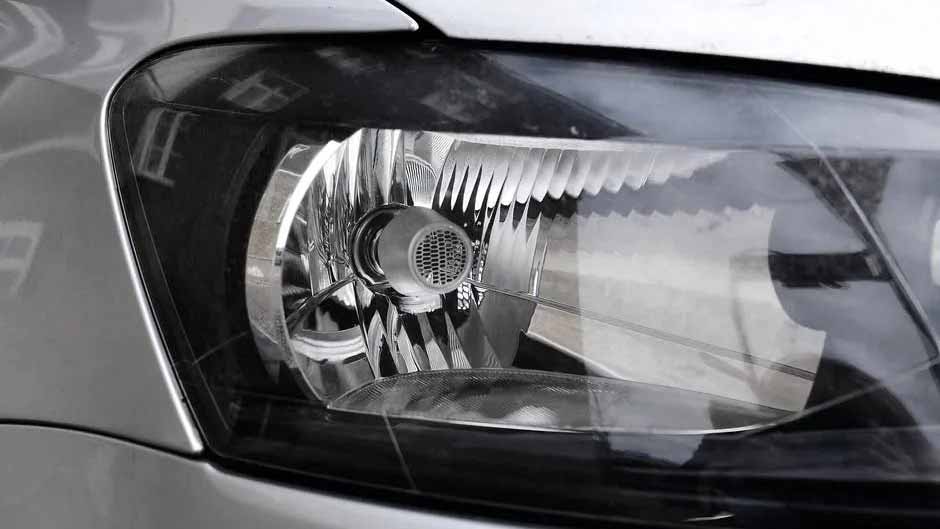
At present, PP, PU, ABS and PC are the main flame-retardant polymer materials used in auto parts. According to the special needs of some auto parts, a series of high-performance flame-retardant polymer materials have been developed at the same time. Flame retardant polymer materials with environmental protection, high efficiency and excellent machinability and mechanical properties will be the development direction of modified plastics for automotive parts.
Compared with traditional fuel vehicles, new energy vehicles have added battery pack modules, charging piles, charging guns and other components. The amount of engineering plastics used for a single new energy vehicle battery pack module is about 30kg. At present, the plastic shell of new energy vehicles mainly uses modified PP, PPS, PPO and so on. Due to the high use standards and harsh use environment, the charging pile has a great demand for engineering plastics. Each charging pile requires about 6kg of engineering plastics. At present, the common ones are PBT, PA and PC.
When polymer materials are applied to auto parts, it is necessary to ensure that the flame retardant and fireproof properties of the materials meet the national standards. The flame retardancy of most polymer materials is not ideal, so when applied to automotive parts, they need to be flame retardant modified to prepare polymer materials with flame retardancy, and increase their limiting oxygen index (LOI) to 25 0% ~ 35. 0%, effectively improving the vehicle safety index.
When the temperature rises to a certain value, the polymer material will first degrade into macromolecular compounds when heated, and then continue to decompose into low molecular weight compounds. These low molecular weight compounds are volatile combustible substances. When they accumulate to a certain concentration in the air, combustion will occur, and the release of combustion heat further promotes the degradation of polymer materials. The combustion of polymer materials is divided into two processes, namely, the degradation of hot oxygen and combustion.
From the combustion mechanism of polymer materials, flame retardation can be achieved by slowing down or preventing one or more factors. The flame retardant mechanism of polymer materials is generally divided into gas phase flame retardant, condensed phase flame retardant and interrupted heat exchange flame retardant.
The thermal decomposition of flame retardant produces non combustible gas, which reduces the concentration of combustible gas and oxygen in the system, so that the combustion process of the flame is terminated; Flame retardant polymer materials release a large amount of inert gas during combustion, diluting O2 and terminating the combustion process. In addition, a large amount of high-density steam may be released, suffocating the combustion and terminating the combustion process.
The addition of flame retardants will accelerate the breaking of chemical bonds in polymer materials, and the thermal decomposition and endothermic process of flame retardants will reduce the surface temperature of combustibles, slow down or stop combustion; During the thermal decomposition of the flame retardant, a non combustible and heat insulating porous carbon layer will be produced to cover the surface of the combustibles. The carbon layer protects the internal matrix of the combustibles, blocks the diffusion of combustible gases and heat, and slows down or stops the combustion of polymer materials.
It refers to transferring part of the heat generated by the combustion of flame-retardant polymer materials, reducing the temperature of combustibles so that it is lower than the thermal decomposition temperature of materials, unable to maintain the generation of volatile substances, and the combustion is terminated, so as to achieve the purpose of flame retardance. Based on different mechanisms of blocking combustion, flame retardants are generally divided into additive flame retardants and reactive flame retardants. The research on the combustion and flame retardant theory of polymer materials can provide a theoretical basis for finding new high-performance flame retardants, determining appropriate flame retardant methods and improving the flame retardant level, and provide a more efficient flame retardant solution for polymer materials used in automotive parts.
At present, the application of polymer materials can be seen everywhere in automobile parts such as automobile load-bearing parts and battery packs of new energy vehicles. The application of polymer materials in automotive parts and the need to improve automotive safety have promoted the development of flame-retardant polymer materials. At present, PP, PU, ABS and PC are the main flame-retardant polymer materials used. According to the special needs of auto parts, composite materials (alloying), PA, PBT and PMMA are also used accordingly.
Polypropylene (PP) is the polymer material with the largest consumption in automotive plastics. It has excellent chemical corrosion resistance, simple processing process and low cost. It is widely used in automotive dashboard, battery pack shell, door guard, column, seat guard, bumper, etc. Due to the poor flame retardancy of PP without flame retardant, its limiting oxygen index (LOI) is only 17 8%, easy to burn after an accident. At present, the research on PP for automotive flame retardation at home and abroad mainly focuses on the modification of polypropylene matrix. At the same time, by adding low toxic and halogen-free flame retardants, polypropylene composites with excellent mechanical properties and flame retardancy are developed to meet the flame retardant requirements of automotive parts.
ABS is the largest polymer material used in household appliances in the world, and about 80% of ABS consumption is used in household appliance production. ABS is a typical material suitable for automobile coating because of its strong durability and corrosion resistance of plastic surface coating. It is also used in the production of automobile parts. Because ABS resin only contains C, h and O, it does not have flame retardant performance, which makes ABS resin unstable at high temperature and easy to burn; In the process of ignition, there is also the generation of odor gas and black smoke particles. There are potential safety hazards when they are directly used in vehicle parts. Therefore, it is necessary to modify its flame retardancy and heat resistance before use.
As one of the five engineering plastics, polycarbonate (PC) is used in the production of auto parts because of its high strength, high impact resistance and heat resistance. For example, automobile dashboard, lighting system, heating panel, defroster and bumper made of polycarbonate alloy. With the upgrading of consumption, the development of new energy vehicles and lightweight, the domestic demand for PCs is also growing. In 2019, the global PC production capacity increased to 6.4 million tons, with China accounting for 72%, reaching 4.6 million tons. From 2015 to 2019, the average annual growth rate of global production capacity was 24.5% 8% 。 PC itself has certain flame retardancy, which has certain advantages over other ordinary polymer materials (such as PE, PP, etc.), with LOI of 21% - 24%, and UL94 of V2 grade. However, in the application field with relatively high flame retardant requirements for automotive parts, its flame retardant performance is still incompetent, and it still needs to be flame retardant modified.
4. Other flame retardant polymer materials
PP, PU, ABS and PC are flame retardant polymer materials mainly used in the production of auto parts at present. In addition, composites prepared by melting and blending two or more polymer materials are also widely used at present, such as pc/abs, pc/pbt, pc/fr composites, etc. Polymaker company has launched three PC based 3D printing materials for the production of automotive parts. The three products are polymaker pc-abs, polymaker pc-pbt and polymaxpc-fr. these three products have their own characteristics and have good performance in heat resistance, impact resistance, easy processing and flame retardancy. Polymer pc-pbt is improved on the basis of kostron makroblend series products, which improves the comprehensive properties of materials. Similarly, polymaxpc fr has greatly improved the flame retardant performance of kostron Makrolon products, making the material UL94 reach V0 level. This material is used in the battery shell of new energy vehicles.To sum up, the focus of the study
Relevant researchers should apply the methods, mechanisms and standards of flame retardant research of molecular materials to the study of flame retardant properties of automotive polymer materials according to the characteristics of the application field of automotive parts, and explore how to improve the flame retardant properties of automotive polymer materials.
In the future, the flame retardants used for supporting polymer materials of auto parts should be developed in the direction of halogen-free and high-performance, and the research focus of high-performance flame retardants will be developed in the direction of compound synergistic flame retardant technology, halogen-free flame retardant, intumescent flame retardant, ultra fine and nano technology, efficient surface chemical modification technology and multifunctional technology.
There is still a high technical threshold for modified plastics. Not only the standards of basic requirements such as strength, hardness and toughness are improving, but also new requirements are constantly put forward in terms of electrical performance, health and safety performance and environmental friendly performance. Polymer materials for automotive parts will also develop towards high-end performance and customized functions. It is not enough to have high-performance flame retardants, but also need to improve the special properties in order to improve the comprehensive properties of flame-retardant polymers for automotive parts.
Mastars Industries CO., LTD
www.mastars.com
Email: marketing@mastars.com
Tel: +86 755-88210690
Mobile: +86 181 0029 4997
Add: Building 6,Blue Sky Industrial Park, Ditang Road, Shajing Town, Shenzhen City, Guangdong, China